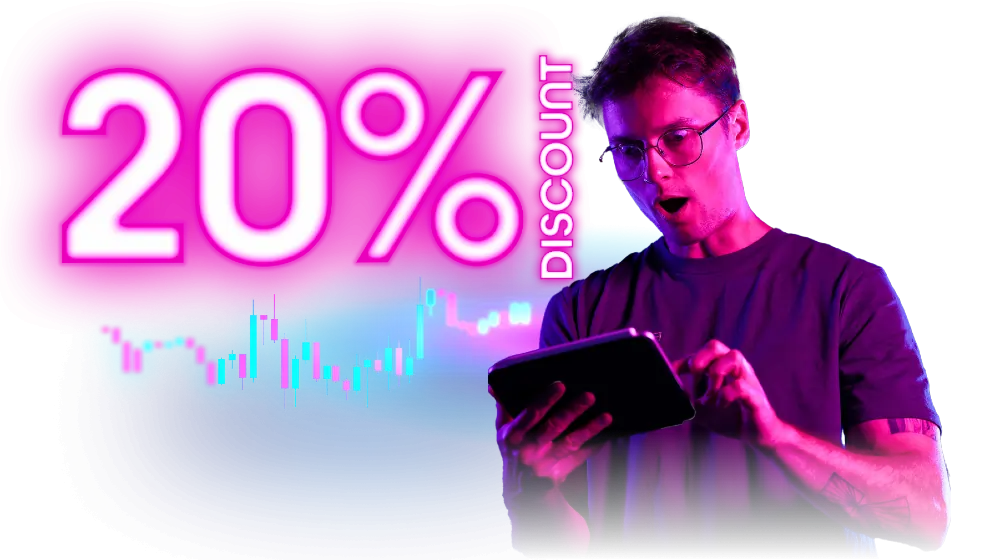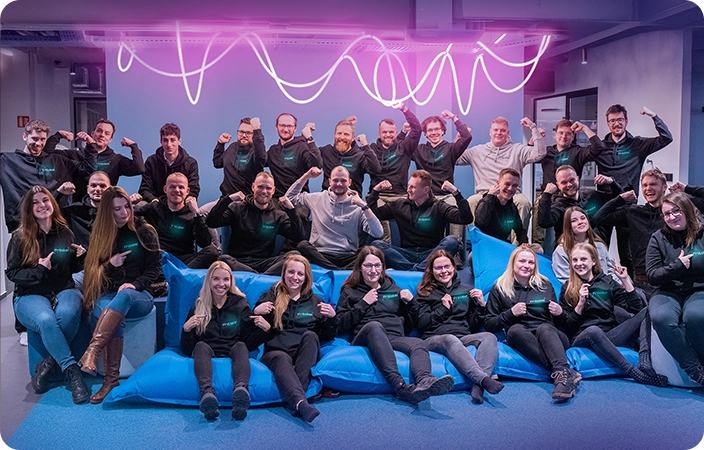Unlock Your Full Trading Potential
Trade on demo accounts in a simulated market environment and get paid in real money every two weeks!
StartTrader
SwiftTrader
ProTrader

“ We help traders from all over the world make the most of their trading potential. Quickly. Excitingly. Safely.
Join our community of successful traders
Choose Your Demo Trading Challenge
0+
of trades that pass through our infrastructure every day
0+
our clients' countries of origin
$0m+
in assets under management at our partner investment companies
Loved by Traders
Just starting out?
Grab 20% off
your first
Fintokei challenge!
Use promo code NEW20 at checkout, or simply click the button below and the code will apply automatically.
START WITH 20% OFF
Partner Up With Us!
We’re expanding globally and looking for capable affiliate partners to join us. Be a part of this exciting journey!
Join the Trading RevolutionFAQ
Fintokei is an education and evaluation company for traders with ambitions. We provide traders with a safe environment to improve their trading skills, learn healthy trading habits and strengthen their discipline in order to beat the market and build a valid track record verified by us. Once evaluated, we reward the consistent traders on their way further, prepare them for trading with larger accounts and for attracting investors' capital, and connect the best ones with our partner regulated portfolio management companies. Fintokei is the accelerator of successful traders. By Purple.
We are happy to accept any adult over 18 years old. You don’t need any background or degree to participate. We can’t accept persons with criminal financial records and persons on sanction lists. Please note that currently we do not provide our services to residents with citizenships of the following: USA, India, Russia, Belarus, North Korea, Iran, Myanmar, Syria, Yemen, Cuba, Venezuela, Sudan, South Sudan, Afghanistan, Somalia, Iraq. Temporarily restricted are: Vietnam, Pakistan, Bangladesh, China.
Not in a traditional sense. We do not have our own trading desk that would speculate on the financial markets to generate large profits. Instead, Fintokei is a "modern prop firm", that provides trading education and evaluation services and that looks for talented traders with an edge. It is an evolution of our continuous work that took more than a decade. We started with searching and evaluation of successful traders manually, one by one, 15 years ago. With Fintokei, we are transferring all these experiences into a fully automated system, that we can scale globally, and achieve our mission to empower traders to reach their trading dreams irrespective of their background.
Fintokei is currently not regulated because we do not provide any regulated investment services, do not collect any clients’ deposits, nor do we facilitate any real trading transactions to the customers.
No, they are not. All the customers of Fintokei are trading in a virtual environment that is enhanced by the simulation of “live like” execution conditions, using the data feed and the real depth of market data provided by the regulated liquidity providers.
Start by registering for a free trial account. You can experience the platform and learn how it all works. You can get up to three free trial accounts.
Yes, you can try as many times as you’d like.
You can trade an extensive list of FX pairs, CFD metals, CFD energies and CFD indices within the demo environment. We currently don’t offer crypto or stock trading. You can find List of instruments here.
All trading on Fintokei is conducted in a demo environment, which means there are no actual losses incurred and you can trade without any risk. You just have to monitor your daily and overall drawdown according to the rules of each Evaluation program to make sure you can keep your account.
The maximum allowed risk on open trades (-3%) means that no single setup can risk more than 3% of your account at once. It’s a safeguard to keep one trade from wiping out your daily loss limit, and with it, your account. This rule protects you from overleveraged “all-in” positions, one-shot gambling behavior and luck-based strategies with no edge.
Did you not find the answer to your question? All collections of the questions and answers available on the support platform here:
FAQ
